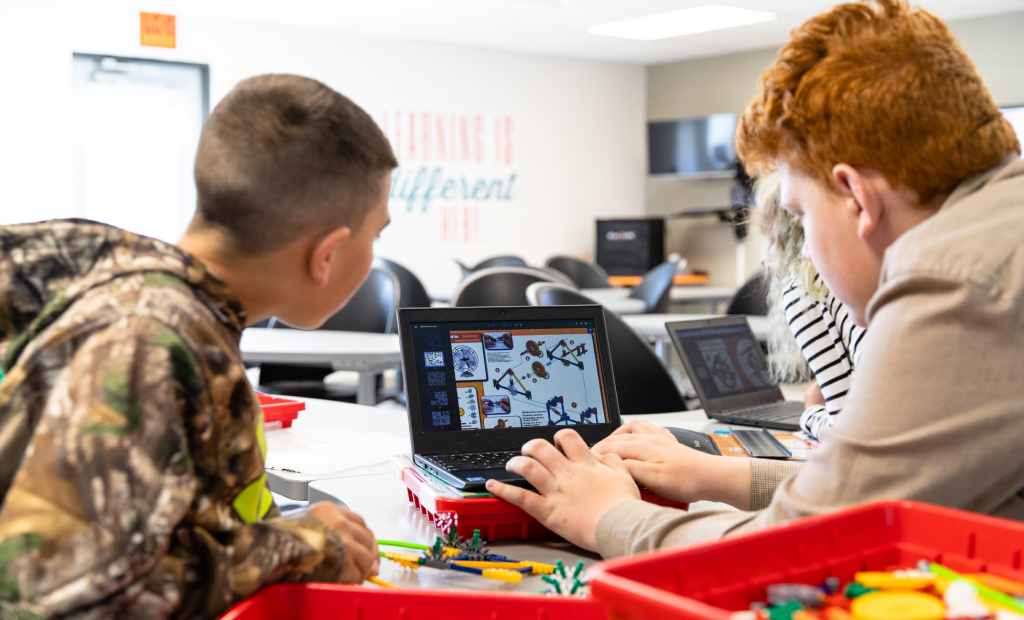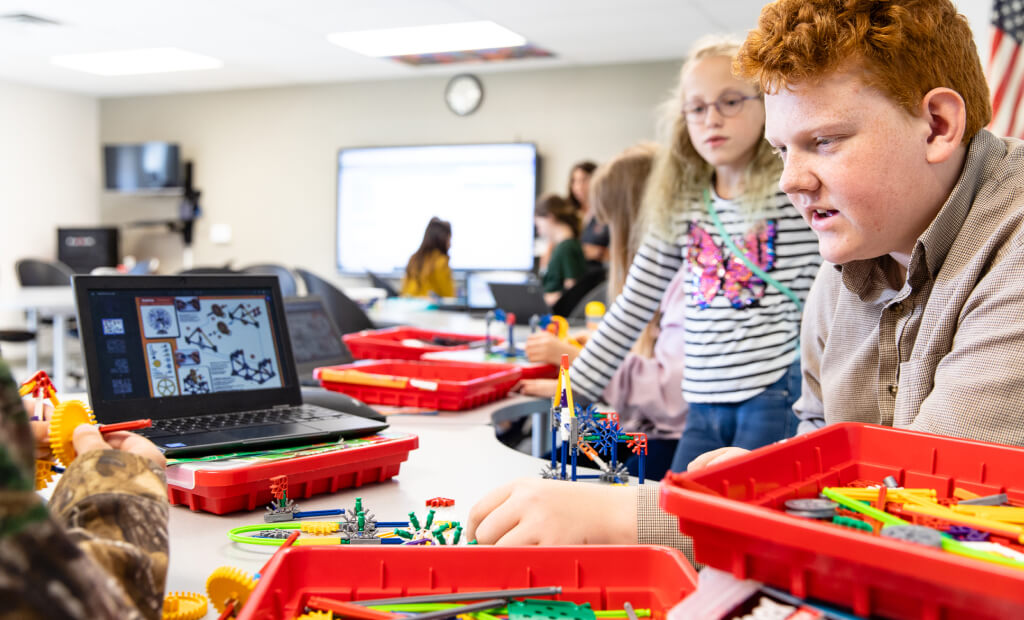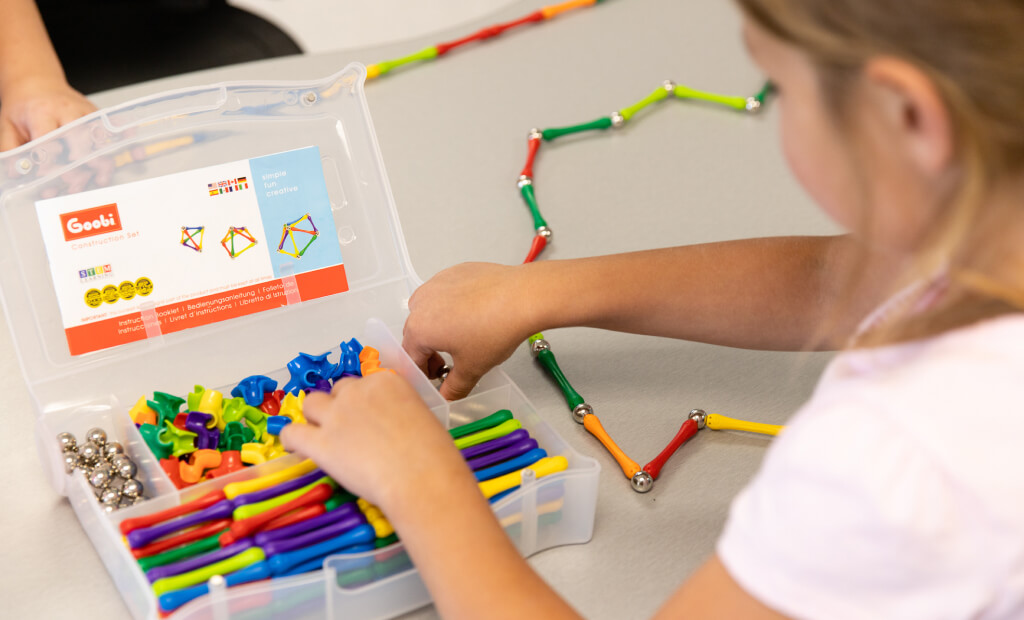What is Workforce Readiness? Preparing Learners for the Future of Work
In recent years, many U.S. states have been ramping up their investment in Career and Technical Education (CTE) programs, which offer students hands-on learning experiences in fields such as information technology, healthcare, manufacturing, and the trades. These programs not only provide technical skills but also emphasize the importance of “soft” skills like communication, teamwork, and problem-solving. All of these skills fall under the umbrella of “workforce readiness,” and signal a student’s level of preparation to graduate school and enter young adult life.
If your school does not have a formal CTE program in place, how can you teach workforce readiness? The solution may be easier than you think.
Hands-on, project-based learning activities in any core subject area are ideal for helping young learners develop transferable skills that will last them a lifetime. Whether they’re engaging with STEM concepts, literature and the arts, media production, or extracurricular activities, they are building critical personal and social skills — while being exposed to potential career paths.
Along with providing a well-rounded curriculum, we have some practical tips that any K–12 educator can leverage to prepare their students for life beyond school, with or without CTE.
What Is Workforce Readiness?
Workforce readiness refers to possessing the necessary skills, knowledge, and attitudes to successfully enter, navigate, and contribute to the workforce. Equipped with the skills that come with workforce readiness, adults can support their families, make a living, and generally make positive contributions to a functioning society.
In K–12 schools, teaching workforce readiness (also called college and career readiness) refers to the process of ensuring that young learners can successfully transition into the workforce after completing their education. It involves teaching both technical and soft skills that are crucial for future careers, as well as fostering a mindset that prepares students for the demands and expectations of the professional world. These competencies are also often considered “21st-century” or “next-generation” skills; someone already in the workforce might call them “transferable skills.”
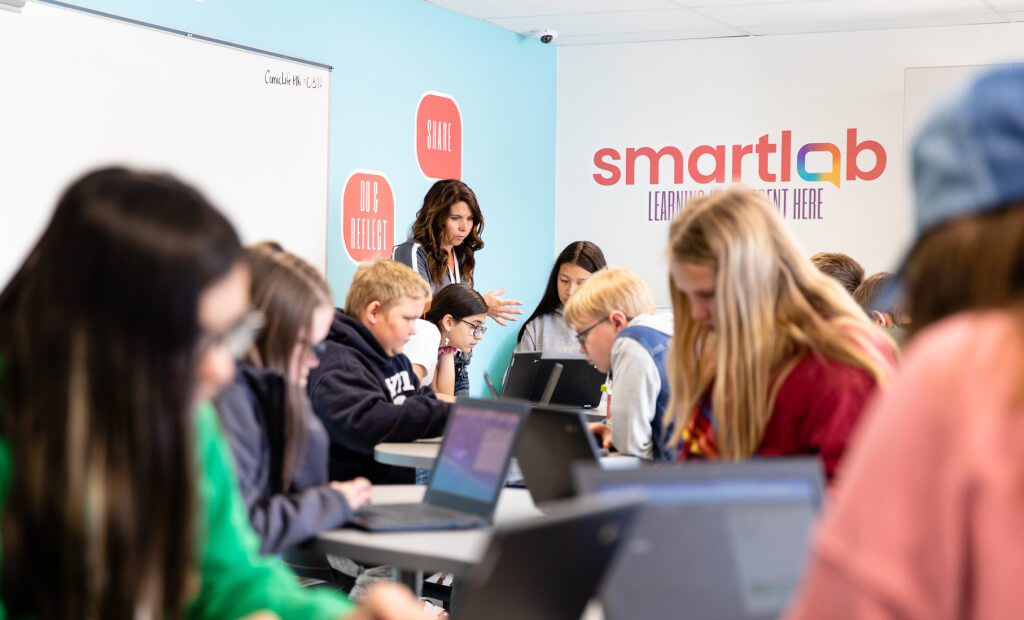
For example, an eighth-grade teacher could help their students develop workforce readiness skills by assigning a project-based learning activity where students form small groups to create a mock business. Each group would brainstorm a business idea, assign roles (such as manager, marketer, and financial officer), and develop a basic business plan. Along with fulfilling certain literacy and mathematical standards (e.g. CCSS.ELA-LITERACY.W.8.2, CCSS.MATH.CONTENT.8.EE.C.7), students would be able to practice soft skills such as teamwork, communication, and problem-solving. To conclude, they would present their business plans to the class, simulating a real-world pitch (CCSS.ELA-LITERACY.SL.8.4).
This type of hands-on approach allows students to develop practical skills while understanding the importance of collaboration, creativity, and critical thinking in the workplace.
The Importance of Workforce Readiness
From kindergarten to high school graduation day, young learners are continuously developing interpersonal skills that will help them function successfully in the world. As students get older and start planning for college or a career, it becomes increasingly important to develop proficiencies in core academic subjects as well (especially as they pertain to a student’s professional goals) — however, academic content and workforce readiness are not as segregated as they once were. Classroom education that incorporates transferable skills can begin at any age; students may not always connect academic lessons to real-life applications, but they may look back when they are older and realize those lessons laid a valuable foundation for their personal and professional capabilities.
Education that incorporates workforce readiness skills can:
- Facilitate a graduating student’s smooth transition from the educational environment to the professional world.
- Enhance graduates’ employability by equipping them with the skills and qualities sought by employers.
- Help young professionals be productive and contribute effectively to their organizations from day one.
- Provide a competitive advantage in the job market, making graduates more desirable candidates for employers.
- Enable students to envision themselves pursuing a wider variety of professions.
- Ensure that young professionals can find jobs that align with their interests and strengths and experience greater job satisfaction.
When it comes down to it, having workforce-ready employees is the key to success for any business. Employees who can communicate well, stay on task, and solve problems creatively help businesses operate smoothly and efficiently, resulting in higher productivity and revenue.
To illustrate the importance of workforce readiness, consider this scenario: A recent high school graduate starts a job in a busy retail environment but struggles with time management. They are frequently late to work and often miss deadlines for inventory tasks. This disrupts the store’s operations, resulting in disorganized stock levels and frustrated customers. The employee’s inability to manage time effectively underscores a critical gap in workforce readiness, which affects both their personal performance and the overall store efficiency. If they do not work to improve their time management, they risk losing their job and, possibly, a professional reference for future employment.
The good news is — this skill can be learned! Educators can help students practice time management by introducing the concept of SMART goals (Specific, Measurable, Achievable, Relevant, Time-bound). Using this tactic, students can break large projects into smaller tasks with specific deadlines and create realistic schedules with contingencies for unexpected setbacks. Doing so will help young learners visualize time in a practical way and may even lead to them becoming more organized, detail-oriented, and adaptable in the process.
Transferable Skills That Signal Workforce Readiness
By the time young people enter the workforce, employers expect them to already possess crucial soft skills that will enable them to learn on the job. Employers are also increasingly prioritizing attitude over technical skills among job prospects. With enough on-the-job training, employees can learn how to perform necessary tasks, provided they are adaptable, listen well, communicate clearly, and have a positive attitude. These qualities are harder to teach, and employers aren’t likely to teach them on the job — hence why it is crucial to build soft skills early.
The following transferable skills signal workforce readiness:
- The ability to work in teams and collaborate
- Creative thinking and problem-solving
- Critical thinking skills
- Time management
- Organizational skills
- Written and verbal communication
- Dedicated work ethic
- Understanding workplace norms, including appropriate attire, language, and respect for colleagues and superiors
- Understanding and upholding workplace ethics, such as maintaining honesty and respecting confidentiality
- Adaptability
- Resilience and perseverance
- Stress management
- Initiative and self-management
- Cultural competence; i.e., an awareness and respect for diversity, including differences in backgrounds, perspectives, and communication styles
- Digital literacy in tools and platforms relevant to their field
No matter their occupation, it does help if employees possess a handful of basic technical skills. These include reading and writing, basic math, computer skills, tech and media literacy, and general health knowledge (e.g. what to do if someone is choking, or how to wash your hands if touching food). These skills apply whether someone works as a cashier, a student teacher, a junior marketing associate, a restaurant host, or a lab technician.
Finally, an interest in pursuing continuous learning is always valuable in the workplace. Young people who recognize the importance of lifelong learning will actively seek opportunities for professional development and skill enhancement, which will help them further their careers.
Transforming a library into a future-ready “SmartLibrary”
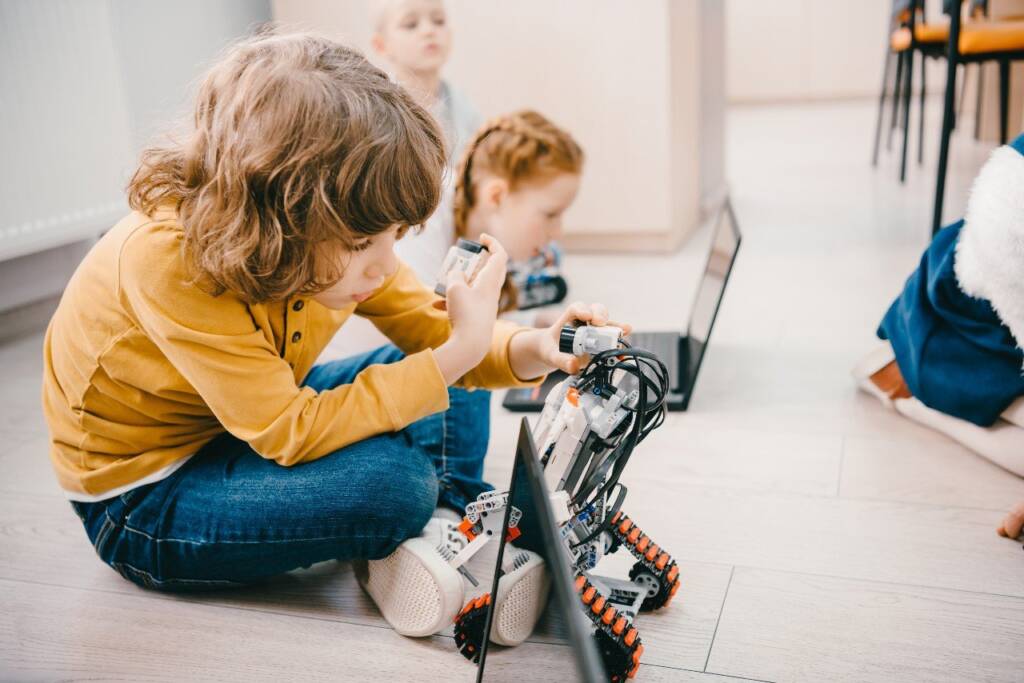
How one school library adapted to remain relevant in a rapidly changing world.
Connecting 21st-century Skills to Future Job Requirements [14 Examples]
It’s a common refrain in schools: “When am I going to need this?” The hard and soft skills that come with workforce readiness are immediately applicable to many professions, so students can rest assured they will indeed be able to use their skills in their first job or their twelfth.
The increased focus on K–12 CTE across the U.S. is a direct response to the evolving demands of the modern workforce. With constant advancements in technology and changes in industry requirements, there’s a growing recognition of the need for students to be prepared with practical skills that align with real-world job opportunities. Federal support has bolstered CTE programs through increased funding and policy initiatives like the Perkins V Act, which enhances resources for technical education.
Backed by this support, schools can better prepare their students for a wide range of jobs after high school. Here is just a small sampling of entry-level jobs that benefit from a 21st-century skill set, along with classroom activities and engagements that will help students learn and practice their skills.
- Technical skills
- Jobs: Junior Software Developer, IT Support Technician
- Relevant skills: Proficiency in coding languages (e.g., Python, JavaScript), understanding of software development principles, ability to troubleshoot technical issues.
- Classroom activities: Coding or robotics boot camps, creating simple software projects, mock technical support scenarios, using platforms like Code.org or Codecademy.
- Basic literacy and math skills
- Jobs: Administrative Assistant, Retail Sales Associate
- Relevant skills: Ability to read and understand documents, perform basic math calculations for transactions and inventory management, strong organizational skills.
- Classroom activities: Reading and summarizing business documents, budgeting exercises, managing mock inventory, and role-playing retail transactions.
- Computer proficiency
- Jobs: Data Entry Clerk, Customer Service Representative, Copywriter, Account Manager, Administrative Assistant, etc.
- Relevant skills: Proficiency with word processing software and spreadsheets, ability to navigate digital tools.
- Classroom activities: Typing practice sessions, creating and managing spreadsheets for group or long-term projects.
- Communication skills
- Jobs: Call Center Representative, Receptionist, Magazine or Newspaper Intern
- Relevant skills: Effective verbal and written communication, active listening, clear articulation of information.
- Classroom activities: Mock phone calls, mock business pitches, writing business emails, group discussions, listening and summarizing exercises.
- Teamwork and collaboration
- Jobs: Restaurant Server or Host, Warehouse Associate
- Relevant skills: Ability to work well with others, coordinate tasks, contribute to team goals, strong interpersonal skills.
- Classroom activities: Group projects, team-building exercises, collaborative problem-solving tasks, peer feedback sessions.
- Problem-solving skills
- Jobs: Help Desk Technician, Quality Control Inspector, Retail Sales Associate, Restaurant Server or Host
- Relevant skills: Ability to identify and analyze issues, develop and implement solutions, attention to detail.
- Classroom activities: Case studies of common workplace problems, puzzles and logic games, troubleshooting scenarios, design thinking workshops.
- Time management and organization
- Jobs: Office Assistant, Delivery Driver
- Relevant skills: Ability to prioritize tasks, manage time effectively, maintain organized workspaces and schedules.
- Classroom activities: Creating personal schedules and to-do lists, time-tracking exercises, planning and organizing mock (or real) events.
- Professionalism and work ethic
- Jobs: Bank Teller, Retail Cashier
- Relevant skills: Punctuality, reliability, maintaining a professional appearance, adhering to workplace norms.
- Classroom activities: Role-playing professional scenarios, setting personal and class goals, discussions on workplace etiquette.
- Adaptability and resilience
- Jobs: Customer Service Associate, Barista
- Relevant skills: Ability to handle changing tasks and priorities, manage stress, recover from setbacks.
- Classroom activities: Stress management workshops, adapting to new roles in group projects, simulation of fast-paced work environments.
- Initiative and self-management
- Jobs: Freelance Writer, Sales Associate
- Relevant skills: Taking ownership of tasks, setting and achieving goals, seeking out opportunities for improvement and growth.
- Classroom activities: Independent study projects, personal and group goal-setting exercises for class projects, reflections on self-management practices.
- Cultural competence
- Jobs: Hospitality Staff, Community Outreach Coordinator
- Relevant skills: Awareness and respect for diversity, ability to interact effectively with people from various backgrounds, sensitivity to cultural differences.
- Classroom activities: Cultural awareness workshops, discussions on diversity and inclusion, role-playing cross-cultural interactions, exposure to media from diverse creators.
- Digital literacy
- Jobs: Social Media Assistant, Online Customer Support
- Relevant skills: Competence in using social media platforms, online collaboration tools, basic understanding of digital marketing principles.
- Classroom activities: Creating social media campaigns, using collaboration tools like Google Workspace, lessons on digital etiquette and safety.
- Entrepreneurial mindset
- Jobs: Junior Marketing Associate, Startup Intern
- Relevant skills: Creative thinking, identifying new opportunities, willingness to take calculated risks and innovate.
- Classroom activities: Business plan competitions, brainstorming sessions, market research projects, simulations of entrepreneurial ventures.
- Networking
- Jobs: Sales Representative, Business Development Intern
- Relevant skills: Building professional relationships, seeking mentorship.
- Classroom activities: Networking events, mock interviews, career days with guest speakers, exercises on creating and maintaining professional connections.
14 Practical Tips to Enhance Workforce Readiness in Schools
Career and technical education is closely tied to workforce readiness, as it equips students with the specific skills and knowledge needed for various career paths. There is a strong focus in schools on making CTE accessible to all students, promoting equity, and providing opportunities for underserved communities. Having access to CTE during school helps bridge the gap between education and employment, ensuring that graduating students are ready to enter the workforce with both the technical competencies and the professional attributes necessary for success.
The positive outcomes of CTE programs are well-documented: higher graduation rates, better employment prospects, and greater earning potential all underscore the crucial need to equip students with comprehensive workforce readiness skills.
Even if your school does not have a formal CTE program, you can help your students develop and practice their professional and interpersonal skills in the following ways:
- Incorporate soft skills development into the curriculum through activities such as group projects, presentations, and role-playing exercises.
- Provide internships, job shadowing programs, or work-study arrangements that give students real-world exposure to different industries and professions.
- Offer career counseling services to help students explore their interests, strengths, and career options, and provide guidance on developing relevant skills and qualifications.
- Integrate technology into learning activities to familiarize students with digital tools and platforms commonly used in the workplace.
- Foster collaborative learning environments where students can work together on projects, practice teamwork, and develop communication and interpersonal skills.
- Implement project-based learning (PBL) approaches that require students to apply knowledge and skills to solve real-world problems, fostering critical thinking and problem-solving abilities.
- Organize workshops or seminars on topics such as resume writing, interview skills, and workplace etiquette to prepare students for the job application and interview process.
- Establish partnerships with local businesses, industries, and professionals to provide guest lectures, mentorship opportunities, and hands-on experiences relevant to students’ career interests.
- Encourage critical thinking, creativity, and innovation through activities such as brainstorming sessions, design challenges, and creative problem-solving tasks.
- Encourage students to seek feedback on their work and reflect on their learning experiences to identify areas for improvement and set goals for skill development.
- Provide opportunities for students to take on leadership roles in extracurricular activities, clubs, or student organizations to develop leadership skills and experience.
- Offer workshops or training sessions on emotional intelligence to help students develop self-awareness, empathy, and interpersonal skills essential for effective communication and collaboration in the workplace.
- Integrate financial literacy education into the curriculum to equip students with the knowledge and skills to manage their finances responsibly and make informed financial decisions in their personal and professional lives.
- Finally, support students’ personal interests! Encouraging students to follow their passions could lead them to discover new career interests and increase their motivation to learn the requisite skills. Invite guest speakers or host roundtable discussions with students and professionals who work in a variety of industries to discuss their own career preparation and what qualities they might look for in someone just entering their field.
Though rooted in science, technology, engineering, and mathematics, SmartLab is designed to help learners of all ages foster key 21st-century skills while making cross-curricular connections and closing learning gaps. To understand how it works, request more information or schedule a lab visit today.
Frequently Asked Questions
What does workplace readiness mean?
Workforce readiness means having the necessary competencies, both technical and soft skills, to successfully transition into and thrive within the workforce. It encompasses being prepared for the demands of various job roles, understanding workplace expectations, and being able to adapt to the evolving needs of industries and employers. It ensures that individuals can contribute effectively from the outset of their employment.
What 3 major skill areas does workplace readiness involve?
- Technical skills: These are job-specific abilities and knowledge, such as proficiency in certain software, machinery operation, or basic literacy and numeracy, which are crucial for performing specific tasks effectively.
- Soft skills: These include interpersonal skills like communication, teamwork, problem-solving, critical thinking, and adaptability, which are essential for collaborating with colleagues and handling workplace challenges.
- Professionalism and work ethic: This area covers understanding and adhering to workplace norms, such as punctuality, appropriate attire, integrity, responsibility, and maintaining a positive work attitude, all of which are fundamental for sustaining a productive and respectful work environment.
Teaching workforce readiness in schools involves a multifaceted approach that integrates practical skills training, real-world experiences, and soft skills development. Some effective strategies include, but are not limited to, project-based learning, career exploration activities, soft skills workshops, technical skills training, internships and work-based learning, resume writing and interview preparation, digital literacy education, and mentorship programs.


